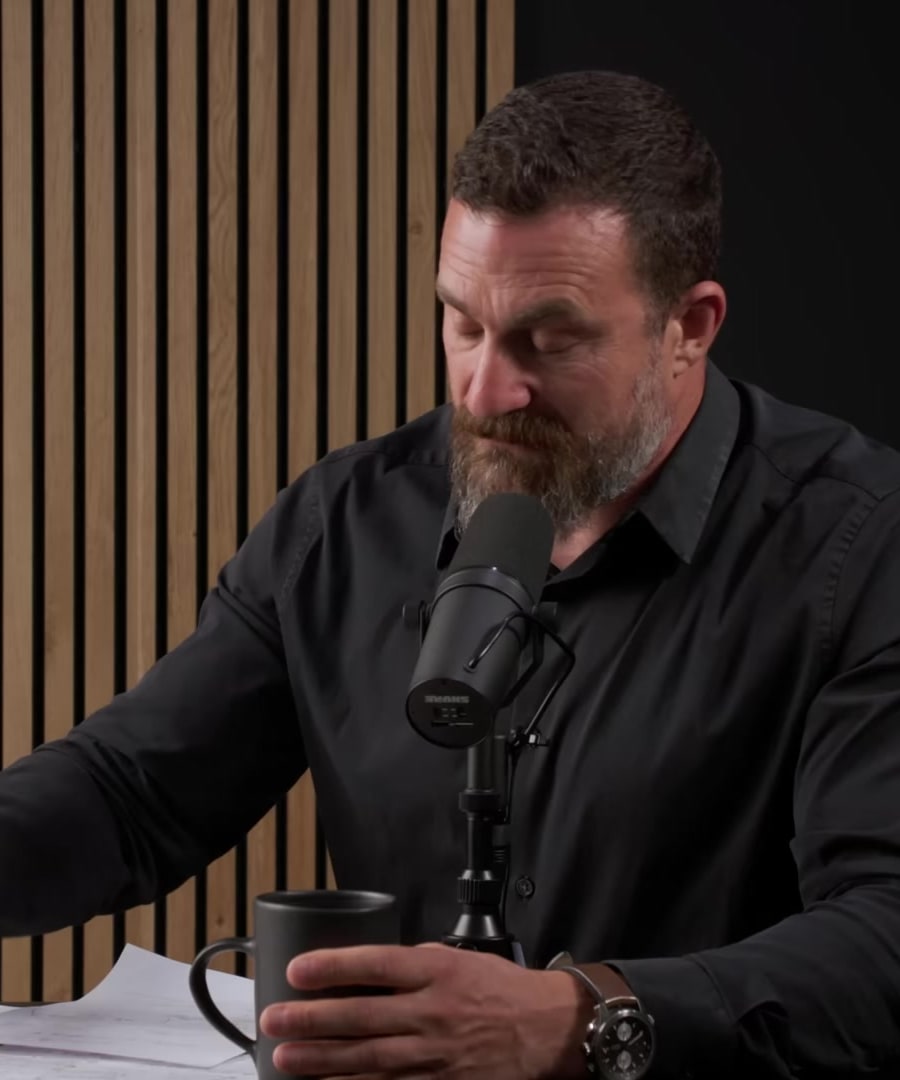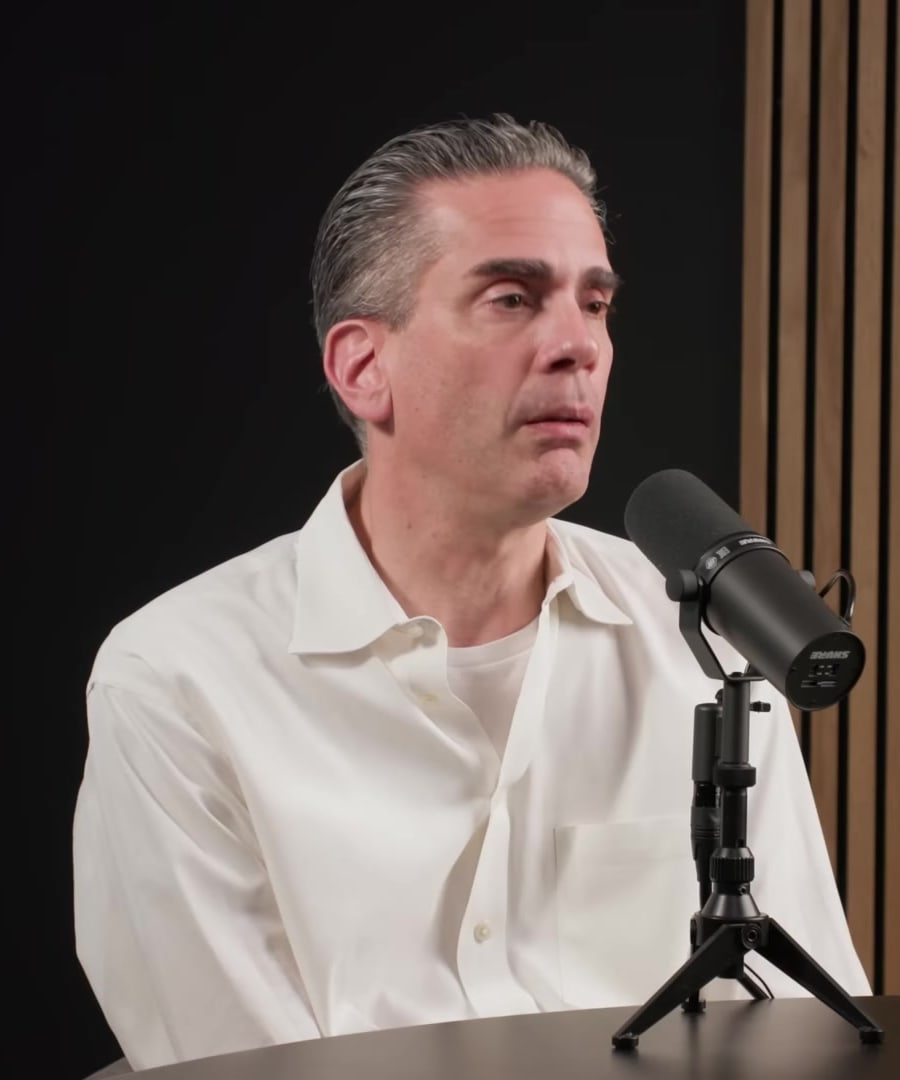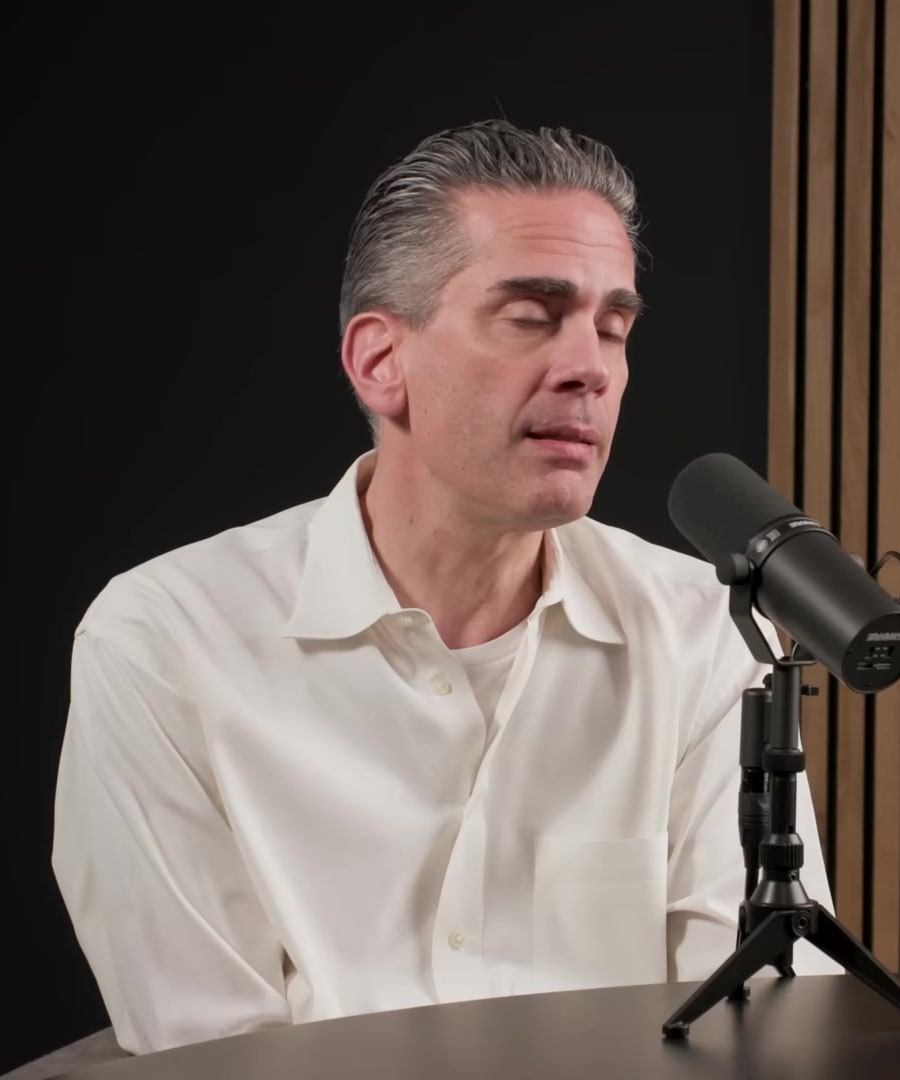Importance of pleasure drive?
Sources:
The pleasure drive is considered an important element within a wider spectrum of human drives discussed by and Dr. Paul Conti. The pleasure drive is described not simply as a quest for hedonism, but more broadly as our desire for gratification, safety, social interactions, and relief from pain. While pleasure seeking in itself is not inherently negative, it becomes problematic if it outsizes the generative drive.
The generative drive is defined as our desire to create, build, and contribute to the world in meaningful ways, and it's central to our mental health. A sound balance between pleasure and generative drives leads to feelings of agency, gratitude, peace, contentment, and delight. It's important that we foster our generative drive through activities like journaling and reflecting upon our goals in a structured way, as this helps in accessing and reinforcing that generative drive 1.
In relationships, too much emphasis on the pleasure drive can overshadow fundamental aspects like compatibility and shared life goals. Satisfying immediate desires might lead to neglecting the generative drive aspects, such as building a family or long-term commitments, which can be necessary for a healthy relationship 2.
Overall, managing the pleasure drive involves understanding its role in our motivation, ensuring it's matched by healthy levels of other drives like aggressiveness and generativity, and avoiding its dominance over our ability to derive contentment and satisfaction from contributive and creative endeavors 3 4 5.
Additionally, warns that the constant pursuit of pleasure through dopamine release can lead to addiction and depression. This happens when the pleasure of an activity leads to less dopamine release over time, increasing craving and possibly resulting in anhedonia or low affect. Balancing pleasure-seeking with periods of abstinence from pleasure can reset the pleasure-pain pathway, which is essential for maintaining mental health and avoiding depressive states 6.
RELATED QUESTIONS





